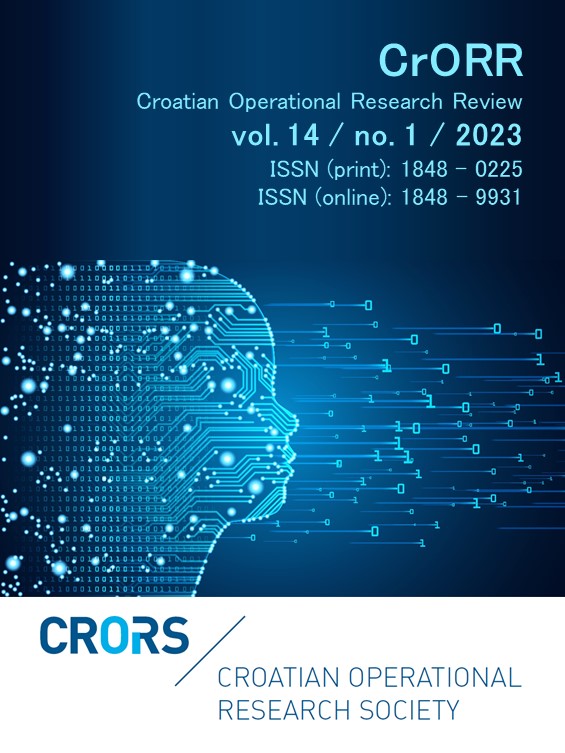Macroeconomic impacts of COVID-19 pandemic first wave in the world
Abstract
The paper seeks to identify the essential global-economic macro-shocks resulting from efforts by consumers, firms, or government policies to reduce social distancing, which caused a sharp temporary change in the world economy during the pandemic outbreak in the second quarter of 2020. The purpose is fulfilled using a simple two-period real-business cycle model. The observed reaction of the global economy in the second period of 2020 is measured by the deviation of the time series of GDP and its components, labor, labor income, and average labor product in the USA and EU from
the log-quadratic trend. The model can replicate the observed economic response by reducing the total factor productivity, labor demand, and labor supply—no need to assume sticky prices. As a sudden drop in performance is supposed, followed by a modest recovery already in the following period, it is not assumed that the government would be able to avert it in time with fiscal or monetary policy. Moreover, the assumption of variable prices and supply-side shocks does not support such a policy.
Downloads
Published
Issue
Section
License
- Authors retain copyright and grant the journal right of first publication with the work simultaneously licensed under a Creative Commons Attribution License that allows others to share the work with an acknowledgement of the work's authorship and initial publication in this journal
- Authors are able to enter into separate, additional contractual arrangements for the non-exclusive distribution of the journal's published version of the work (e.g., post it to an institutional repository or publish it in a book), with an acknowledgement of its initial publication in this journal.
- Authors are permitted and encouraged to post their work online (e.g., in institutional repositories or on their website) prior to and during the submission process, as it can lead to productive exchanges, as well as earlier and greater citation of published work (See The Effect of Open Access).


